Scientists at the Deep Sea Research Center of Minderoo University – Western Australia and Tokyo University of Marine Science and Technology discovered snailfish of the genus Pseudoliparis at a depth of 8,336 m under the sea in the Izu-Ogasawara trench. , Southeast Japan.
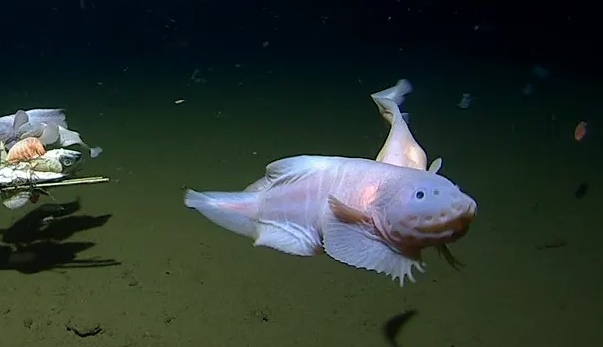
Images of snail fish were recorded at a depth of more than 8,300 m on the seabed near Japan. Photo: theguardian.com
The video was captured using camera equipment dropped from a deep-sea research vessel during a two-month expedition that began last year. A few days after discovering snailfish at this depth, also in the Izu-Ogasawara Trench, scientists discovered two other snailfish, belonging to the species Pseudoliparis belyaevi, at a depth of 8,022 m.
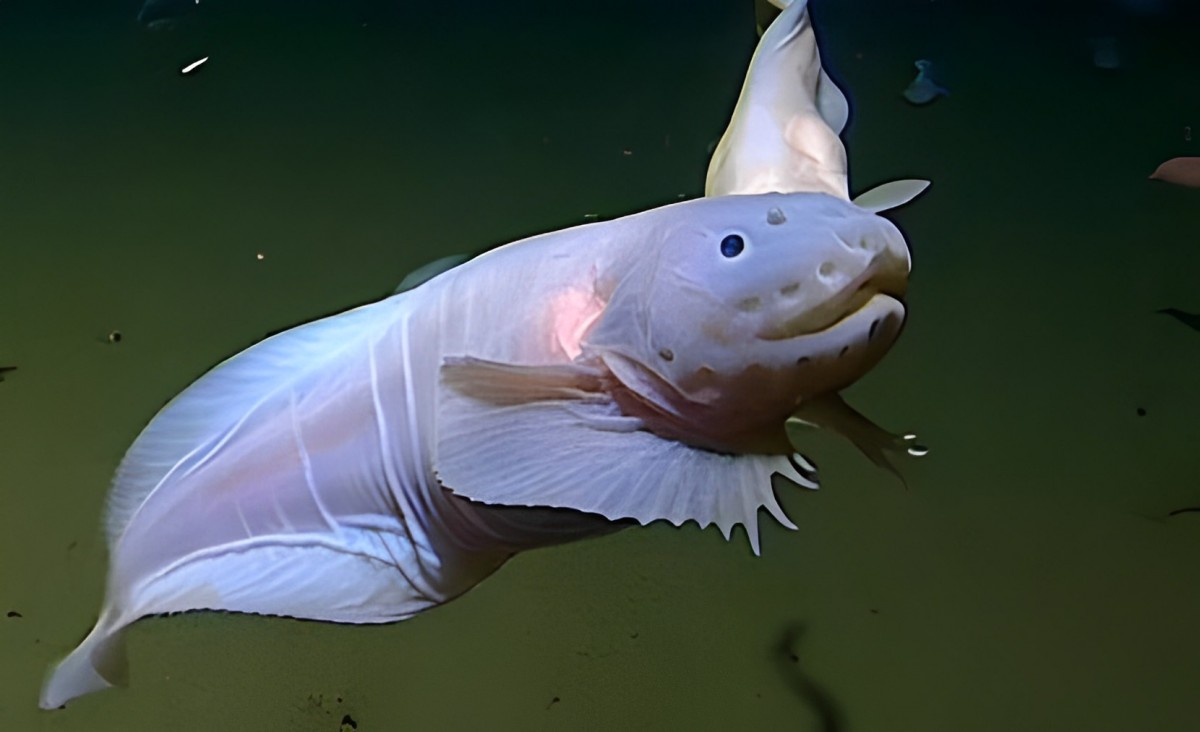
Previously, the record for the deepest water with fish was set in 2017 when scientists discovered the Mariana snail fish at a depth of 8,178 m under the Mariana Trench located in the Western Pacific Ocean. This is considered the deepest point on Earth.
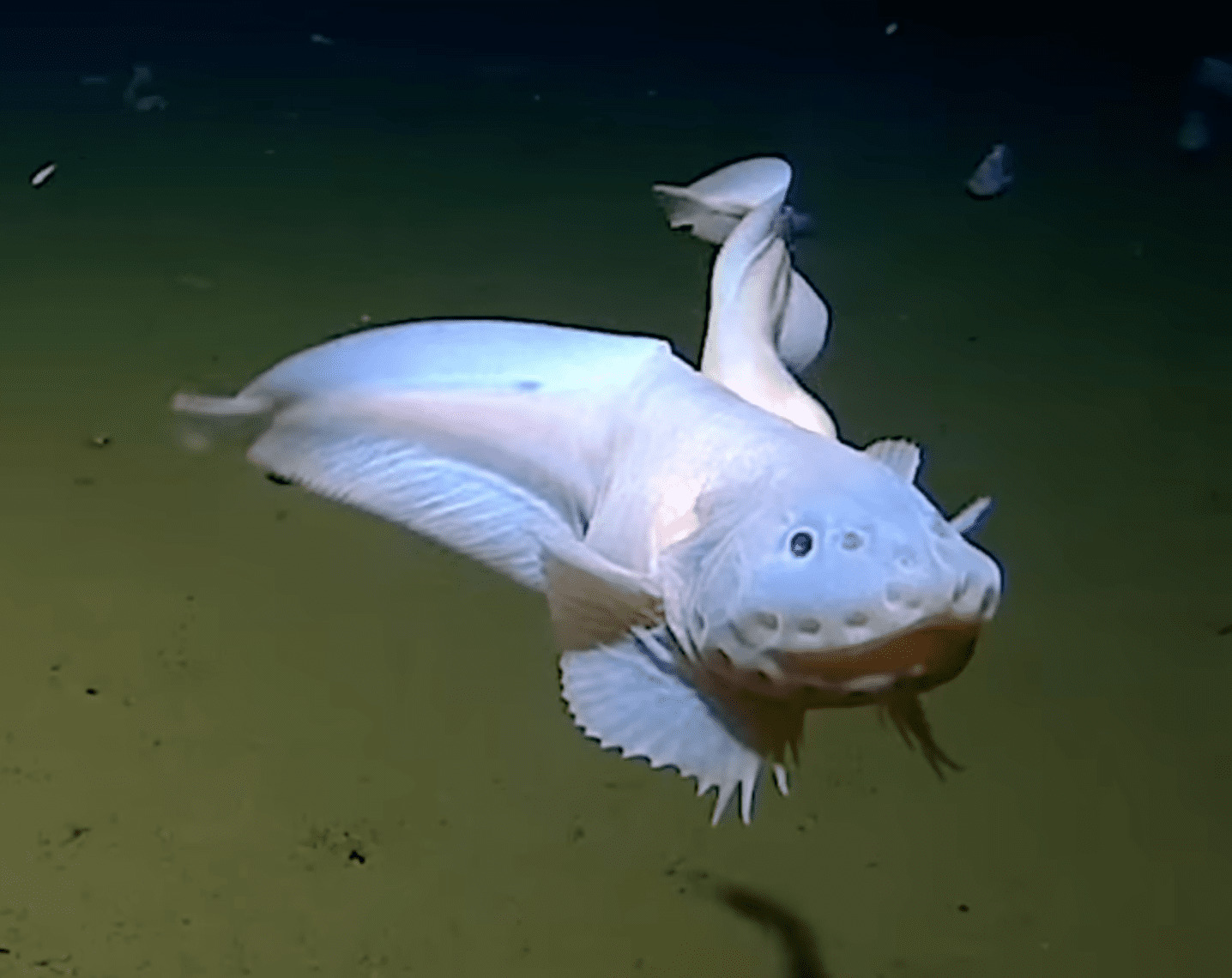
Snail fish belong to the group of multicellular organisms, known to have more than 400 species. This fish has a diverse habitat, from shallow waters to the deepest waters on the ocean floor.
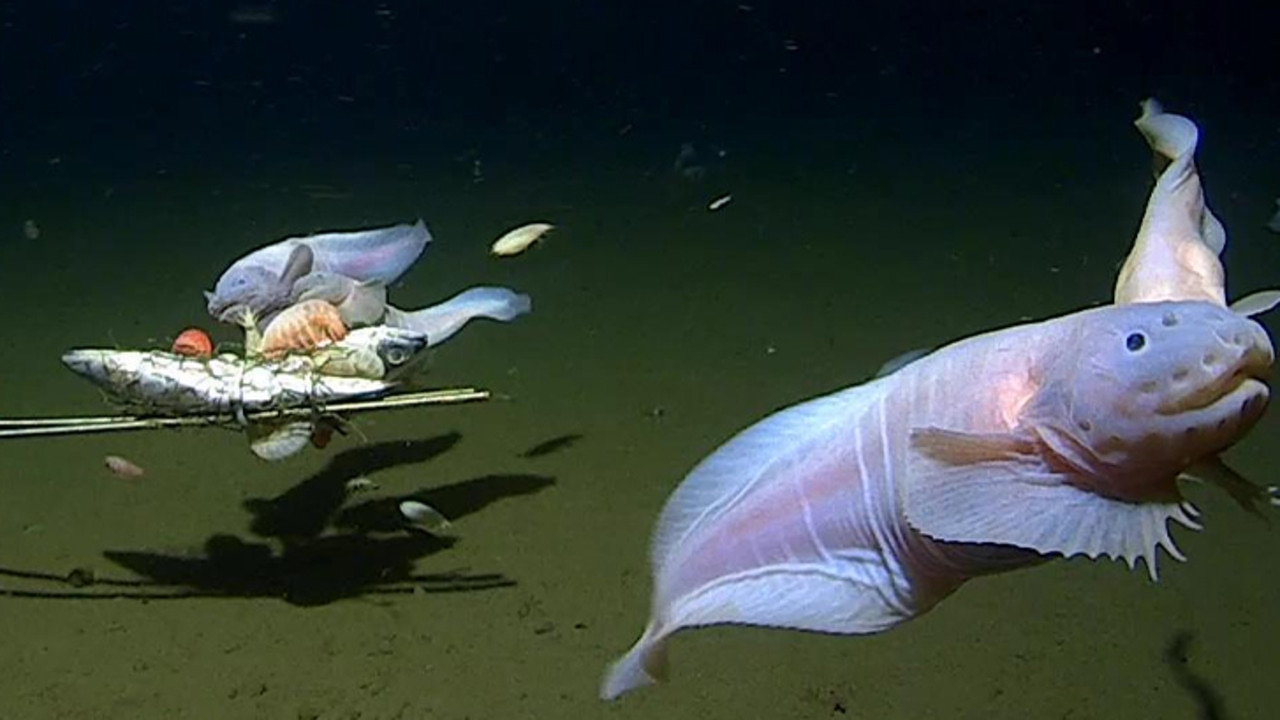
According to Professor Alan Jamieson, leader of the expedition, thanks to their ability to adapt well to the environment, some species of snail fish can live in waters deeper than 1,000 m compared to other deep-sea fish species.
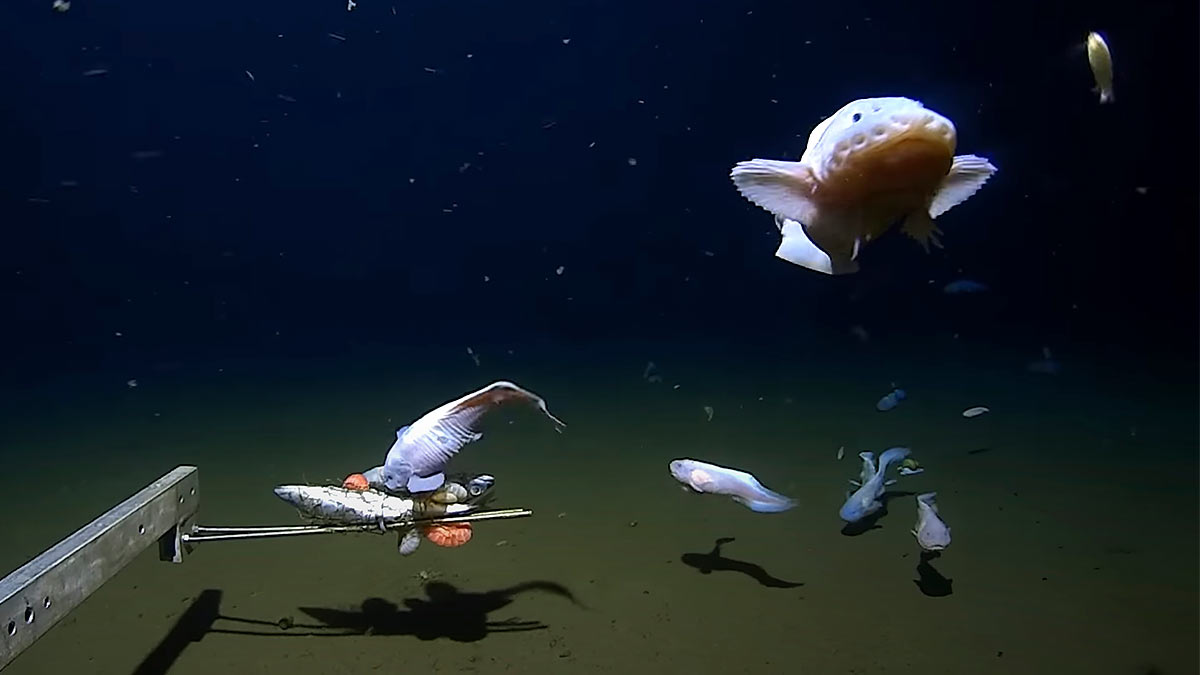
At a depth of 8,000 m underwater, the pressure is 800 times greater than on the ocean surface. Nearly 10 years ago, Professor Jamieson and his colleagues hypothesized that it was biologically impossible for fish to survive at depths of more than 8,200 – 8,400 m.
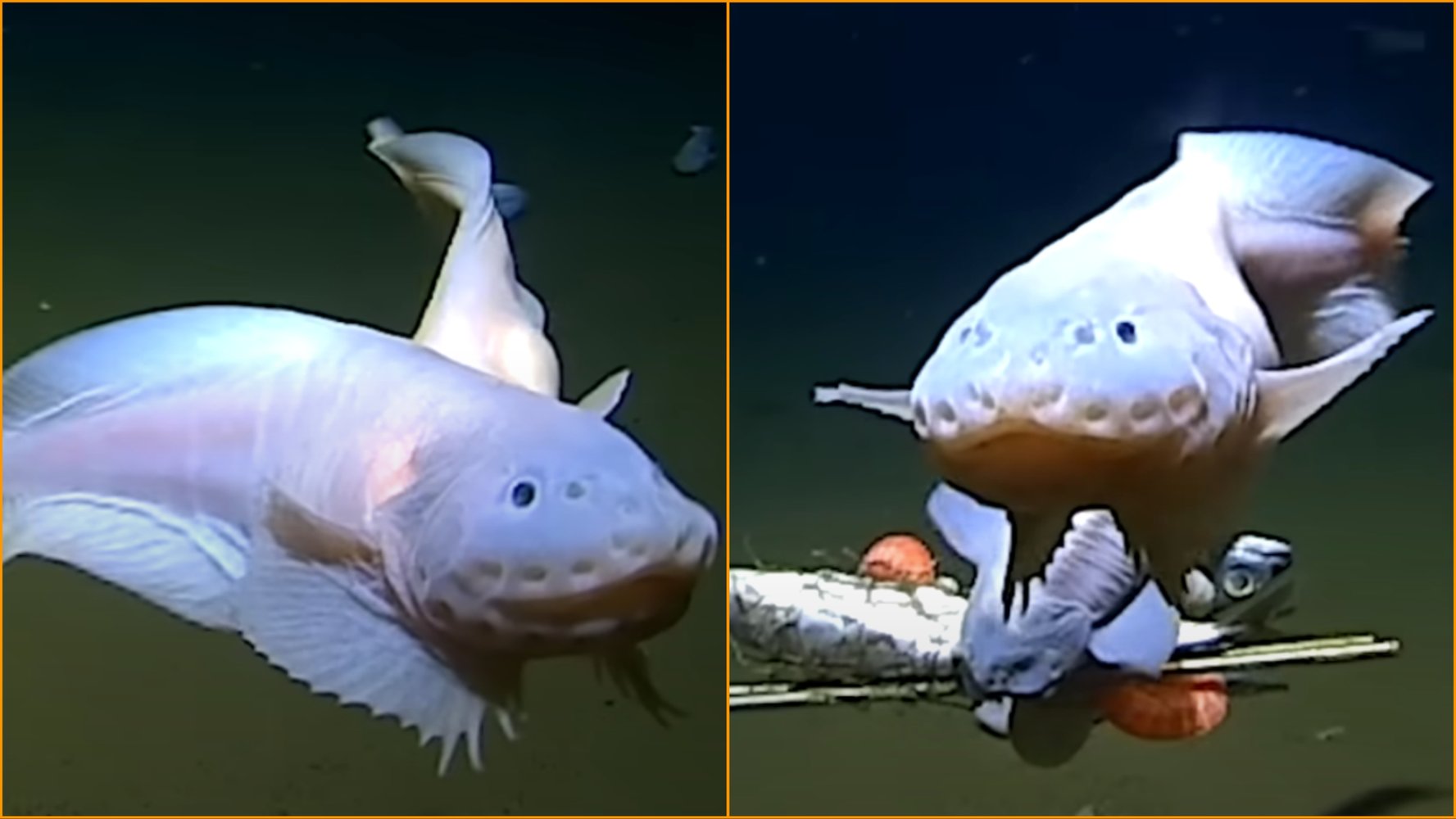
Explaining the discovery of snail fish at a depth of more than 8,300 m, he said that snail fish adapt well to the deep sea environment possibly because they do not have bladders and scales. Instead, snailfish have a gelatin-like membrane that helps them “biologically adapt” to the deep sea environment.





